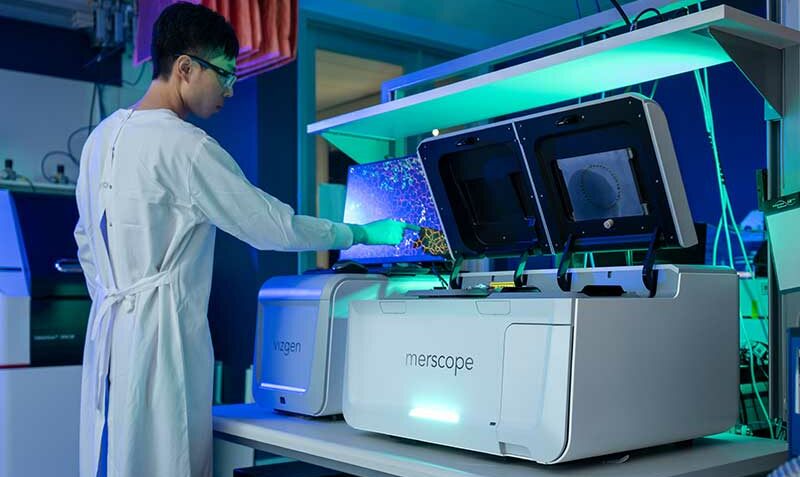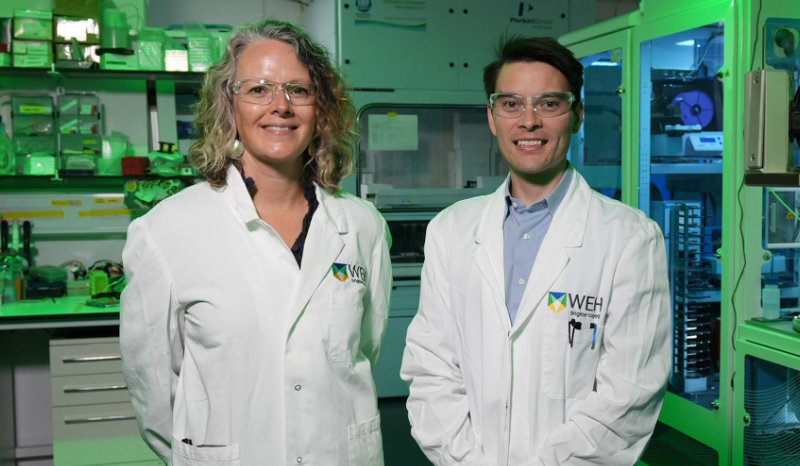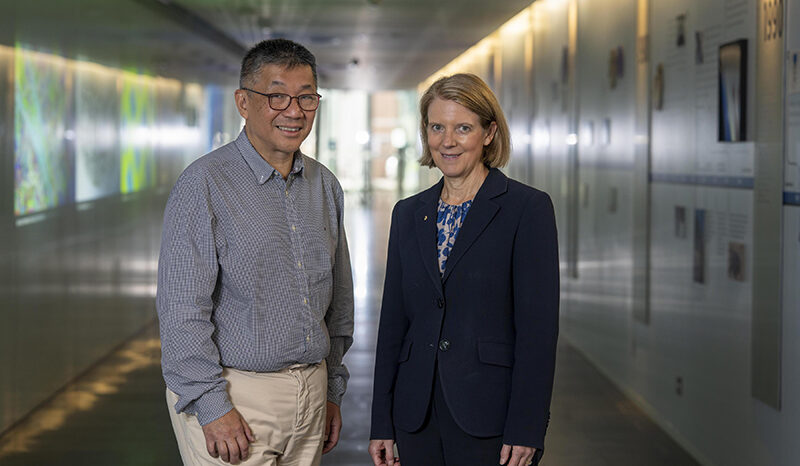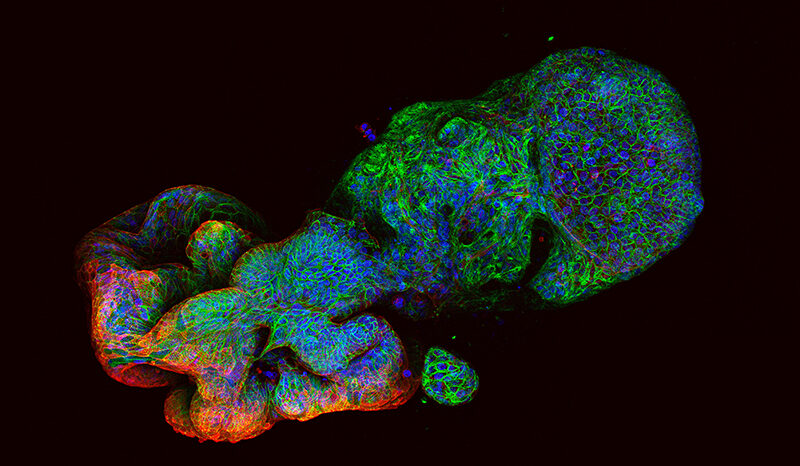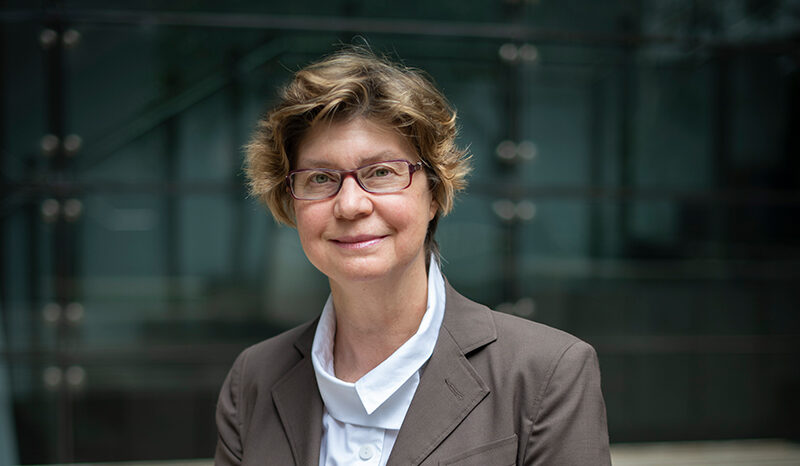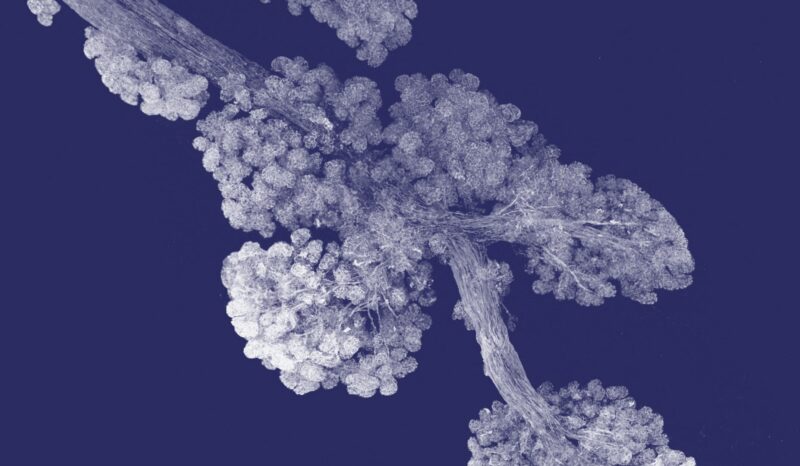WEHI leads the way
In the last few years, WEHI has invested in a number of spatial omics technologies, including some of the first of their kind in Australia. These leverage WEHI’s strong expertise in microscopy and genomics, but also the outstanding skills of our scientists in bioinformatics and computational biology.
MERSCOPE, one of the world’s leading single-cell spatial transcriptomics technologies, is a powerful tool combining automated microscopy with a system that moves fluids around.
This technique, together with tagging of RNA molecules, allows for hundreds of genes to be detected and analysed within a tissue sample. It does this at sub-cellular resolution and keeps the cells undisturbed in their native location.
Professor Tony Papenfuss, theme leader for Computational Biology, believes that adding this capacity to WEHI’s laboratories will propel ‘the world of science’ more quickly towards solving intricate challenges in some of the most complex disease areas including cancer, immune disorders and neurogenerative conditions.
“Spatial omics has the potential to transform our scientific understanding of many diseases and crack open previously unimaginable solutions for their treatment and prevention,” says Prof Papenfuss.
Head of the Advanced Technology and Biology division, Associate Professor Kelly Rogers OAM, says WEHI’s unique strength in the world of spatial omics lies in its seamless integration of the interdisciplinary expertise (imaging, genomics and bioinformatics) required to excel in this rapidly emerging area.
“Having this powerful trio under the one roof sets us apart. It allows us to innovate and generate data within a competitive timeframe, putting WEHI at the forefront of this fast-evolving field,” says Assoc Prof Rogers.





